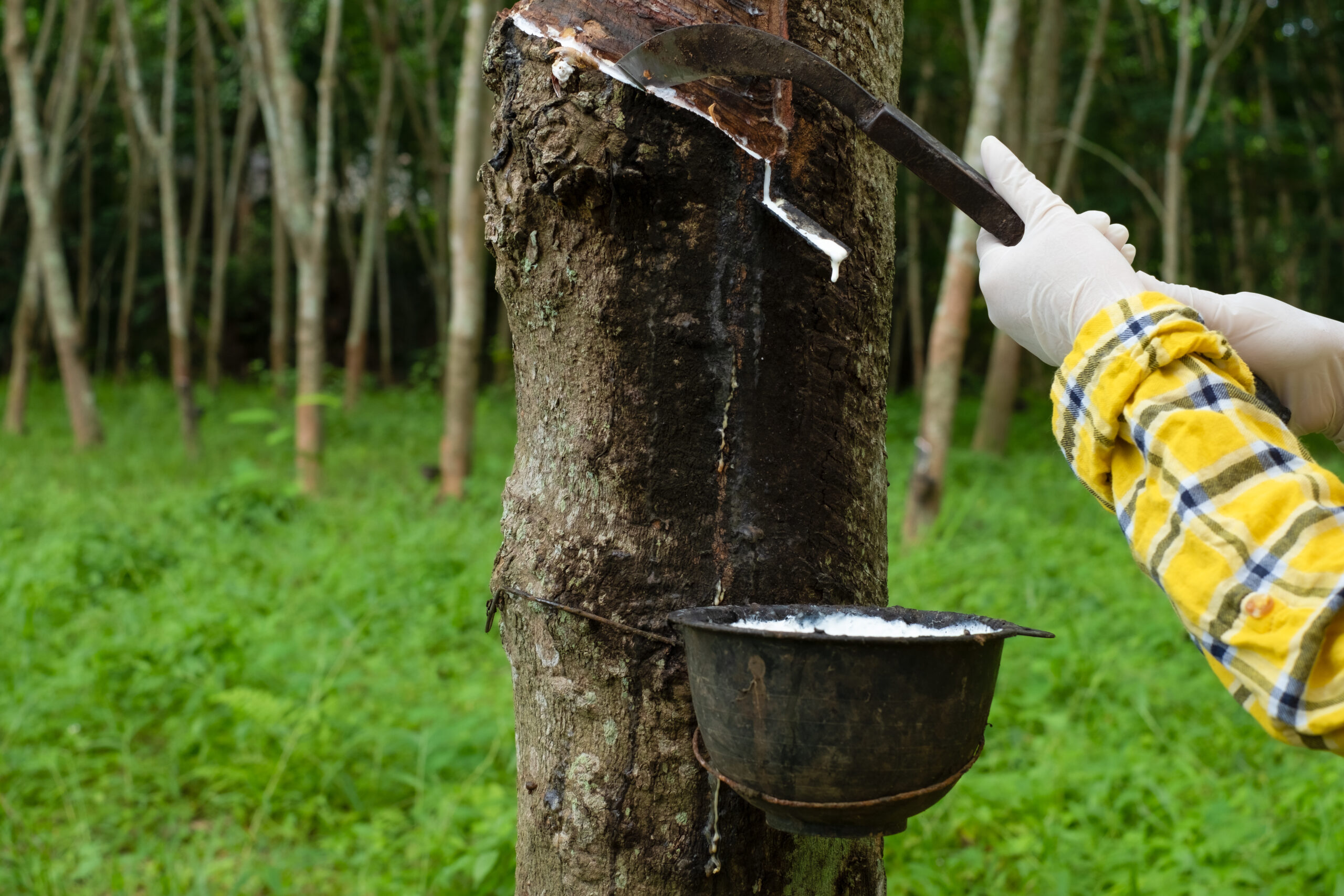JAKARTA (ANN/THE JAKARTA POST) – Indonesian rubber producers express deep concerns over the potential impact of the European Union’s Deforestation Regulation [EUDR], fearing it could exacerbate the challenges faced by an already struggling industry, impeding exports to EU nations and beyond.
According to Statistics Indonesia (BPS) data, the largest economy in Southeast Asia shipped 2.08 million tonnes of rubber valued at USD3.66 billion in 2022, with approximately 14 per cent (300,000 tonnes) destined for EU countries.
Erwin Tunas, the executive director of the Indonesian Rubber Association (Gapkindo), estimates that failure to meet EUDR requirements within the domestic rubber supply chain, involving smallholder farmers and rubber product manufacturers, could result in a substantial decline of around USD527 million in export values.
“Around 300,000 tonnes [of rubber] are exported to the EU, to almost 27 countries. This will be hindered if we [producers] are unable to provide geolocation coordinates as required,” Erwin told The Jakarta Post on Wednesday.
Erwin is concerned that other countries exporting finished rubber products like tires to EU member states will also approach Indonesian producers to request geolocation documentation.
The geolocation requirement is equivalent to Indonesia’s plantation cultivation permit (STDB), which must be obtained through registration with the Agriculture Ministry’s Plantations Directorate General.

“We estimate that of the 3.2 million hectares of people’s plantation land, only 10,000 ha already have the STDB,” Erwin said, urging the government to facilitate the registration of smallholder farmers, who produce 90 per cent of Indonesia’s natural rubber.
Plantations Director General Andi Nur Alam Syah said the ministry would push regional governments to expedite data collection, mapping, verification and issuance of STDB for rubber farmers by the end of the year, when the EUDR will begin to apply.
“The government is collecting geolocation data […] of smallholder rubber plantations by establishing traceability methods, so that Indonesian [natural] rubber and [its] derivative products can still be exported to the EU,” he said in a statement issued on Wednesday.
Eliza Mardian, a researcher at the Center of Reform on Economics (CORE) Indonesia, said that, so far, Indonesia’s largest trading partners, including the United States, China and Japan, had yet to discuss the impact of the EUDR.
However, she did not rule out the possibility that these countries would require Indonesia to meet the anti-deforestation requirements if they wanted to export their rubber derivatives to the EU market.
“If China requires Indonesian producers to fulfil the anti-deforestation [requirements] or certification, the government must provide assistance and incentives for rubber farmers to get their [certificates],” Eliza told the Post on Wednesday.
Meanwhile, Aziz Pane, chairman of the Indonesian Rubber Council, told CNBC Indonesia on January 18 that Turkey had diverted rubber purchases from Indonesia to Ivory Coast in anticipation of the EU rule.
“So, [if] the government does not take any serious steps [and] just lets it happen, this is dangerous,” Azis said, as quoted by CNBC Indonesia.
Indonesia’s rubber industry is dependent on exports due to a lack of domestic consumption.
As per Erwin’s observation, Southeast Asia’s largest economy saw a record-high rubber production of 3.65 million tonnes in 2017, 3.2 million tonnes of which was exported. However, at its peak, domestic consumption only hovered at around 500,000 to 650,000 tonnes.
Exports of rubber and rubber products reached 3.45 million tonnes, worth USD6.14 million, in 2018, Trade Ministry data show.
The figures declined in the following two years, according to the same data, until export volumes inched upward again to 2.98 million tonnes and export value shot up to USD6.79 million in 2021, supported by a 26 per cent rise in global rubber prices.
The value and volume of rubber and rubber-product exports slumped 25 per cent and 14 per cent year-on-year, respectively, in the January-May period last year due to a stagnant rubber price, leaf fall disease, lack of rubber tappers and conversion of rubber plantations to other crops.
The reduced raw material output has badly hurt factories producing crumb rubber from raw rubber.
Over the last six years, 48 of 152 crumb rubber manufacturers nationwide have shut down, according to Erwin.


